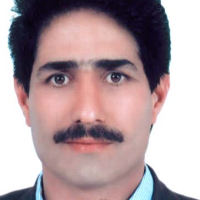Designing a Model for the Antecedents and Consequences of Employees' Critical Thinking in Public Organizations in Iran
Critical thinking is a cognitive process that allows an individual to evaluate various facets of a problem using well-founded reasoning. The objective of the present study is to design a model for the antecedents and consequences of employees' critical thinking in public organizations in Iran
In this study, a mixed-methods approach was employed. The qualitative component's statistical population comprised management professors and senior managers from government organizations, with a purposive sampling method yielding a sample size of 18 participants. The statistical population for the quantitative segment included managers and experts from Iranian government organizations, with the sample size determined to be 176 individuals through two-stage cluster sampling based on Cohen's statistical table. Data analysis was conducted utilizing NVIVO and SMART PLS software.
The analysis identified nine themes: organizational atmosphere and culture, human resource training and development, employee competence, and employee motivation are acknowledged as antecedents to critical thinking, enhanced decision-making, and problem-solving capabilities. Additionally, the sustained management of human resources, productivity, organizational effectiveness, creativity, innovation, and foresight regarding the implications of cognitive processes are critically examined.
To foster critical thinking among employees in government organizations, it is essential to concentrate on the antecedents identified by management and to institutionalize these factors within the organizational environment.
-
Examining the effect of managers' narcissism on the relationship between managerial ability and the risk of falling stock prices of insurance companies in Tehran Stock Exchange.
*, Soheila Shamsadini
Financial Engineering and Protfolio Management, -
Modeling the relationship between the moral charter derived from Islamic teachings and performance with the mediating variable of employees' perception
Leila Jahantigh, Abbas Babaeenezhad *, Mohsen Zayandehroudi, Saeed Sayadi
Journal of Management and educational perspective,



